Quality Is the Future of Office, Says KBS Executive
Periodic property improvements are key to leasing success in this complex market, Giovanni Cordoves advises.
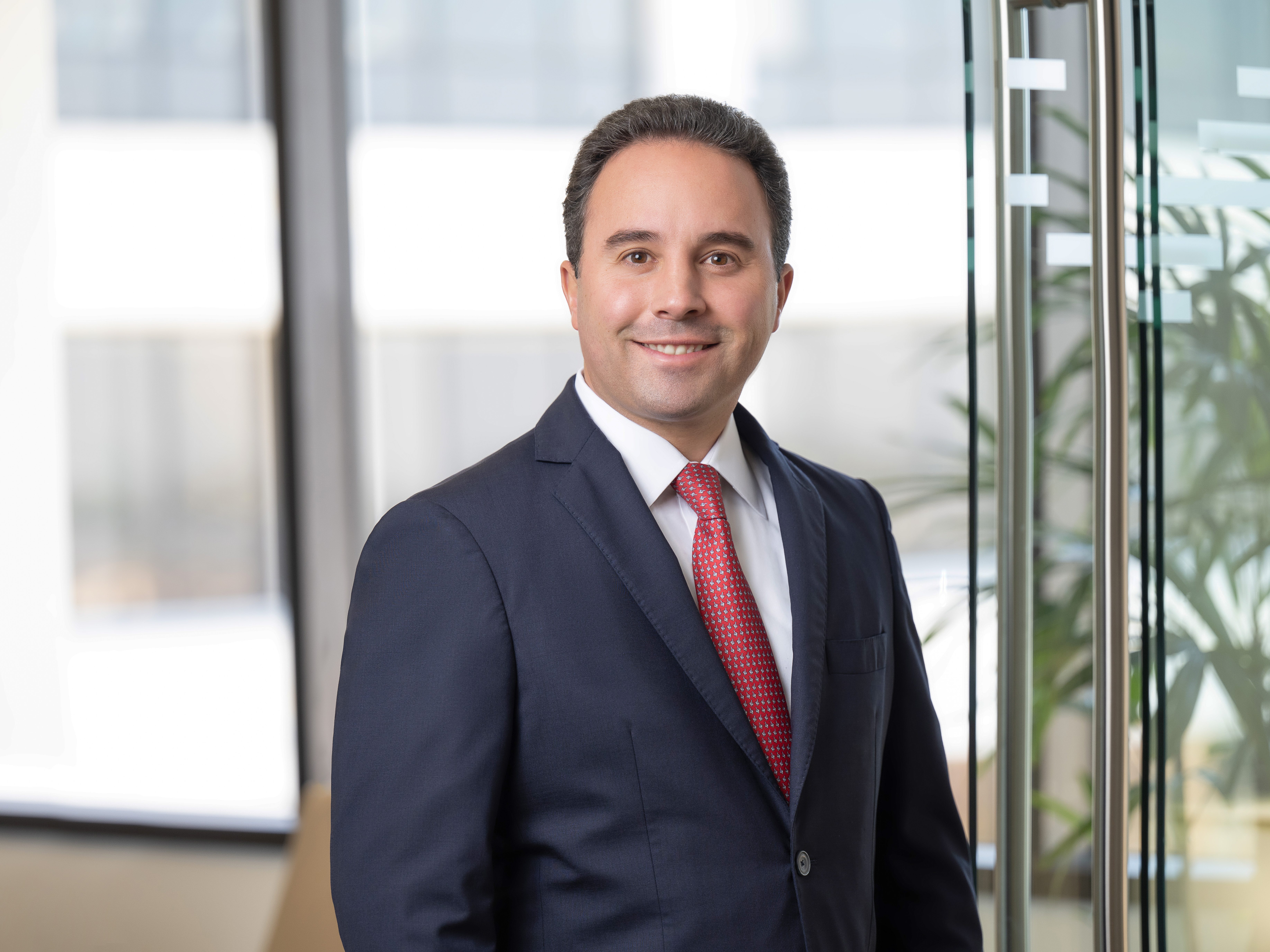
The U.S. office sector is still in recovery mode. A recent Commercial Edge report found that the office construction pipeline has decreased by almost 40 percent in the last two years, and the trend will likely continue due to lending difficulties, high construction costs and low demand. Vacancy is still on the rise in many markets, with the national rate reaching 18.2 percent at the end of March, the same source shows.
Nevertheless, hybrid schedules that offer employees more flexibility and access to popular amenities are bringing some office users back, particularly at Class A office buildings. The flight-to-quality trend continues to play out across the country, shaping the future of the office sector. How are U.S. investors and landlords responding? We asked Giovanni Cordoves, regional president, Western region at KBS, to weigh in.
READ ALSO: How Flight-to-Quality Is Leading the Flex Office Evolution
How would you describe the U.S. office market today, more than four years after the event that shook it to its core?
Cordoves: The recovery of the U.S. office market has become incredibly complex. Performance varies greatly depending on the region, submarket, city and office building class. Higher interest rates have impacted pretty much all commercial real estate, office properties included, and now contribute toward significant refinancing challenges. For the most part, Class A buildings continue to lease well and experience higher office occupancy than their inferior counterparts, likely due to a consistent trend among tenants seeking high-quality, well located and well amenitized buildings.
The amount of capital on the sidelines continues to rise as many are waiting for interest rate cuts and to figure out where prices will settle before they make their next move. Owners continue to weather the storm until they can secure refinancing at more favorable rates. However, some are choosing to exit the market, either by relinquishing their properties or seeking buyers, even if it means selling at a loss.
To what extent has the office sector in gateway markets recalibrated? How much has office vacancy rebounded in large U.S. markets since the peak of the health crisis?
Cordoves: Large U.S. markets continue to lag behind gateway markets in office vacancy likely due to regional responses during the health crisis. However, most employers are still seeking office space that aligns with the evolving landscape of the workplace, including hybrid and work-from-home setups.
Markets in Sun Belt states continue to lead the way in workers returning to the office full time, and this highlights the clear market-led bifurcation that exists in those markets and major urban areas such as San Francisco and New York City—even among those gateway markets, the return to anything resembling pre-pandemic normalcy varies widely. That said, office occupancy during the mid-week particularly—Tuesday, Wednesday, Thursday—is consistently climbing nationally, which emphasizes the need for office space. Whether that’s leasing new space, renewing current leases or, in many cases, renovating and expanding it to accommodate the evolving needs of employees.
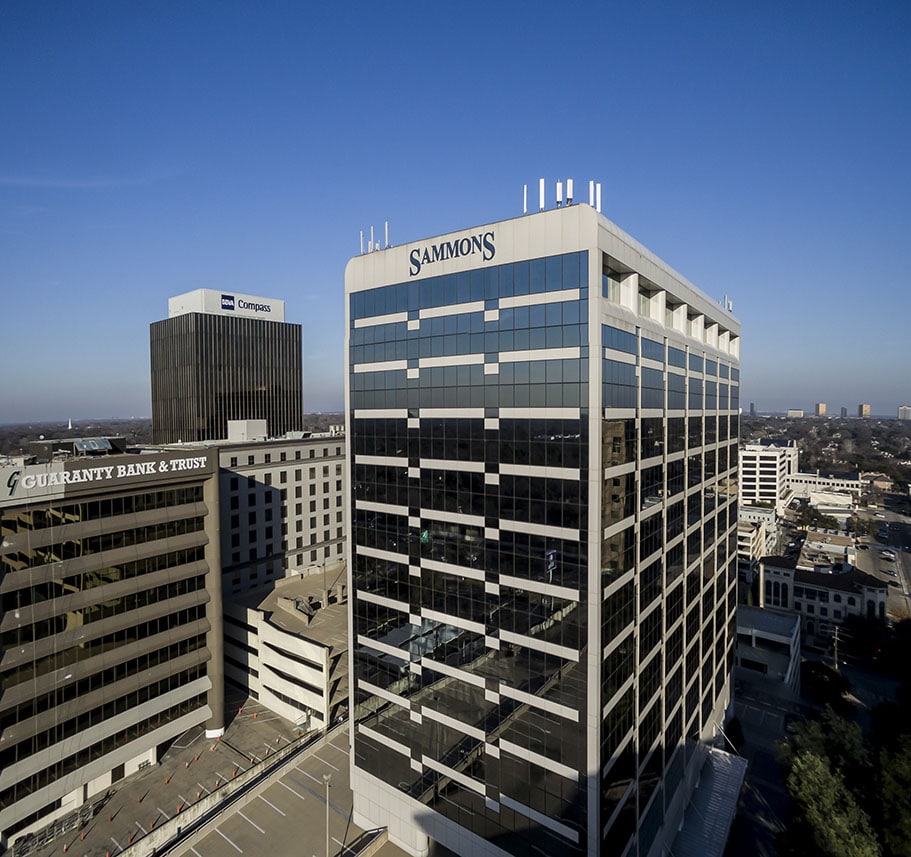
Are there any particular trends in the office sector that are visible across the entire country?
Cordoves: In today’s market, attracting and retaining tenants hinges on creating exceptionally tenant-friendly environments.
We pride ourselves on providing a unique amenity package at each property … We’ve integrated a number of creative outdoor spaces that seamlessly integrate with indoor amenities, also adding retail and dining venues, gyms, conference facilities, and tenant lounges into numerous assets across the U.S. From visible amenities like those mentioned, to behind-the-scenes features such as smart office technology, digital connectivity and top-of-the-line HVAC systems, many of these enhancements are no longer mere luxuries but have become expectations to tenants.
But despite all these efforts, office use in the U.S. is spotty and dependent on a variety of factors, including regional characteristics or the major industries present in each metro. Which office markets are performing well today and why?
Cordoves: Market-specific factors contribute to how success is defined among office properties. According to Brookfield, 90 percent of all U.S. office vacancies are contained in the bottom 30 percent of buildings, largely characterized by older offices with limited amenities and reduced functionality. By contrast, the top quartile of office buildings are experiencing record-high rents and stable vacancy rates.
For example, in Chicago, where office vacancy sits at 24 percent according to a Colliers report, leasing activity at trophy and Class A buildings is still active. At KBS’ mixed-use property Accenture Tower, we have achieved leasing momentum that is higher than it was pre-pandemic and the 1.4 million-square-foot property is now nearly 100 percent leased. The leasing velocity at the building can be attributed to the multimillion-dollar renovation we completed during the pandemic, with improvements to the tenant lounge, retail, dining, and adding health and wellness amenities. The property is home to hundreds of employees and thousands of daily commuters, thanks to its immediate access to transit via rail and elevated train, making commuting easy.
Overall, major Texas markets continue to perform well thanks to strong population growth and corporate migration, but as it’s true in most markets, certain locations and pockets are performing much better than others. Certain submarkets, like Austin’s CBD, are seeing substantial new office development which weighs on supply-demand fundamentals and places additional pressure on landlords.
We believe in consistently trying to improve properties year-after-year to support leasing efforts. It’s part of our ownership strategy. One recent example is at our Sterling Plaza property, located in the Preston Center micro-market of Dallas, which recently underwent a multimillion-dollar renovation that includes an all-new café, a new state-of-the-art conference center, a new more convenient management office, and a new ultramodern fitness center. The property continues to experience a flurry of leasing activity. The asset’s occupancy has increased from a low of 80 percent in January 2022 all the way to 97 percent leased at the end of 2023. Perhaps more importantly, our achieved net rents there have increased approximately 20 percent over that period.
At the other end of the spectrum, what are some of the office markets that still have a weaker performance?
Cordoves: Per JLL’s U.S. Office Outlook, cumulative net absorption for 2015 and newer buildings is positive at 133.2 million square feet since 2020 compared with negative 130.4 million square feet for properties built in the 1980s. In other words, performance at older Class B or C buildings has suffered, somewhat regardless of the market where they are located. Furthermore, many markets are halting office groundbreakings which could lead to increasing demand for existing, well-maintained buildings that have an advantage in attracting and retaining tenants—which is essential for sustaining performance.
Are there any U.S. markets that are emerging as office investment hotspots? Which markets does KBS see potential in?
Cordoves: Investment is heavily dependent on the specifics of the deal rather than the market. Broadly, most markets in the Southeast continue to see significant investment activity. However, there are many regional investment hotspots such as Preston Center and Uptown in Dallas, Cherry Creek in Denver and Century City in Los Angeles. While investment bright spots can be very hard to get into from an investment standpoint, investors, developers and the like will continue to be bullish on the future of real estate in these hotspots. A great asset in a great location that can attract tenants will always be considered a hotspot for us, regardless of what city or region.
READ ALSO: Designing an Office Experience That Feels Like Home
Considering the current economic landscape, has your office investment strategy changed in any way? What types of assets are you targeting?
Cordoves: While market uncertainty has impacted liquidity, our overall investment strategy hasn’t changed. Our acquisitions team continues to look for properties to add to our client portfolios, finding the right mix of assets, as well as seeking the right capital stack to finance the acquisition.
Given the challenges in the lending market, buying or selling an office asset in the current environment is certainly a challenging decision to make. That said, each asset needs to be carefully analyzed to consider things like remaining lease and loan terms and fund life, among many other things which may still result in trying to move an asset now despite the headwinds. We try to take those risks into account in our investment strategies and structure our portfolios to weather economic shifts.
So how does the future of office look like? Is hybrid here to stay or should we expect a full return to in-office work models in the not-so-distant future?
Cordoves: While some workers have grown accustomed to their flexible work arrangements, employers are seeing success in instituting full-time and hybrid in-office schedules. We’re already seeing employers seeking office space at best-in-class buildings in their market.
A full ‘return to office’ isn’t necessarily the key to future success in the office sector. If the trend for high quality space and better amenities continues, tenants may require less space but they show a willingness to pay more for it. At KBS, over the last year, leasing has been strong in much of our portfolio, largely fueled by the strategic capital improvements we’ve made at our properties. We continuously underwrite capital improvements into the property each year, not only to maintain the property but to offer tenants the best amenities available in their markets.

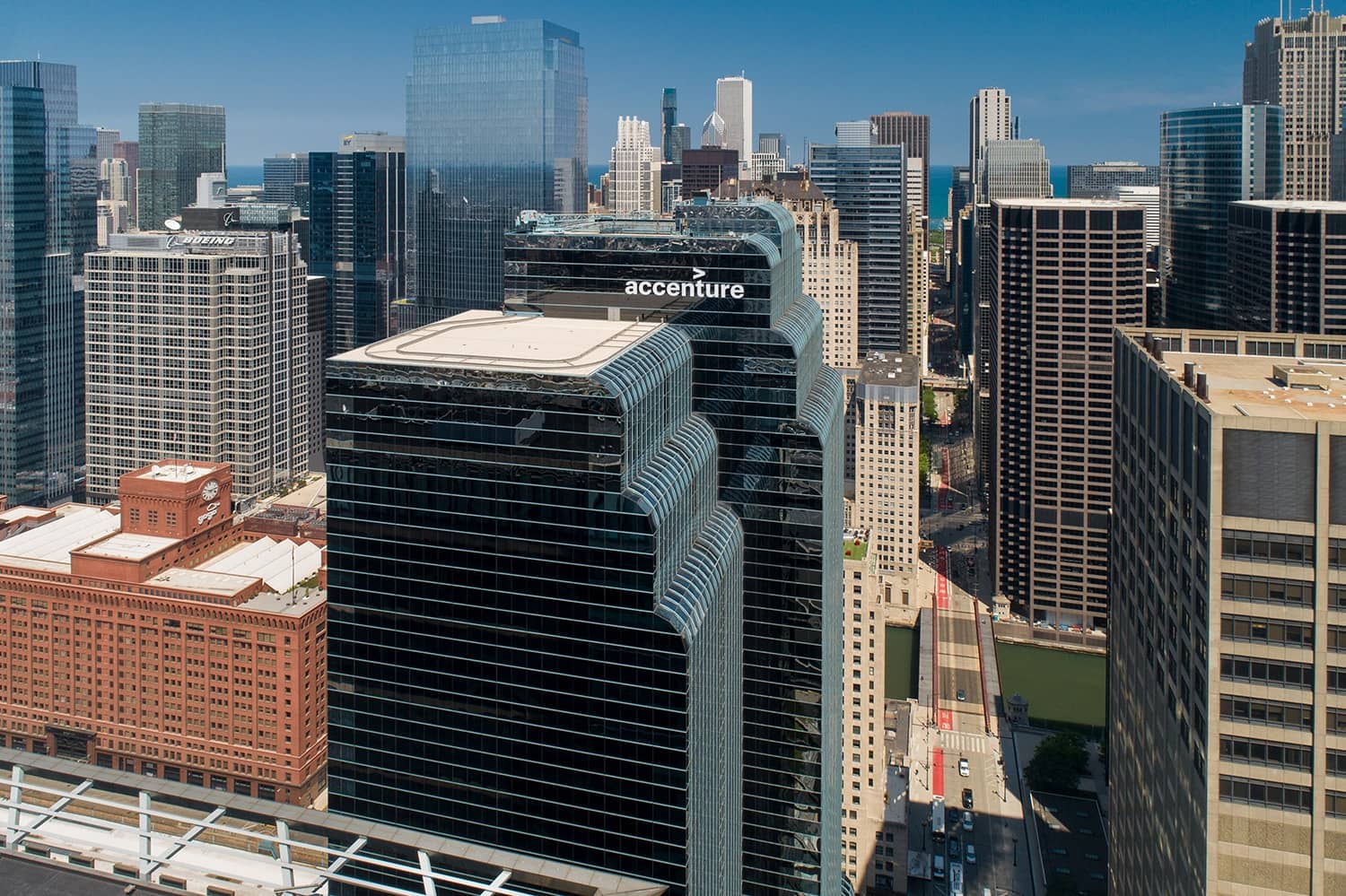
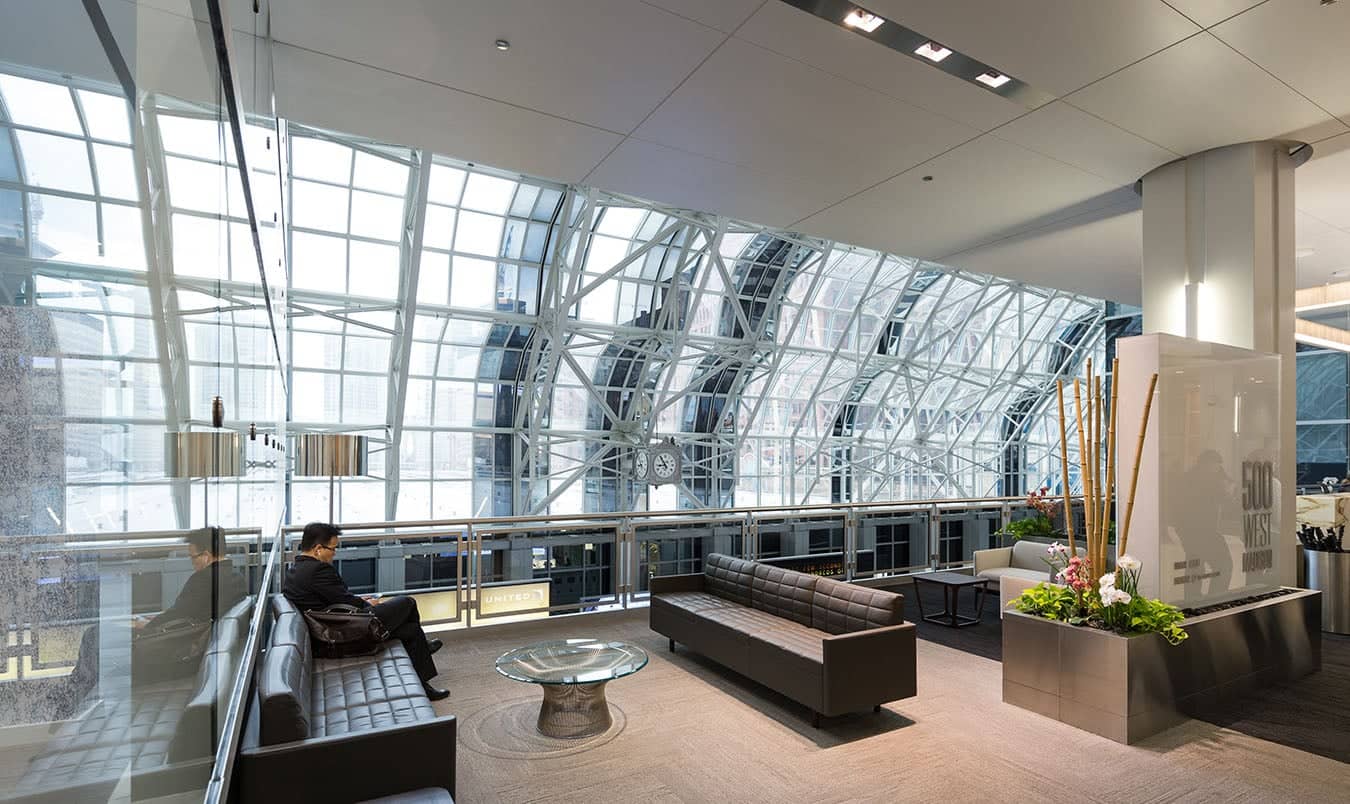
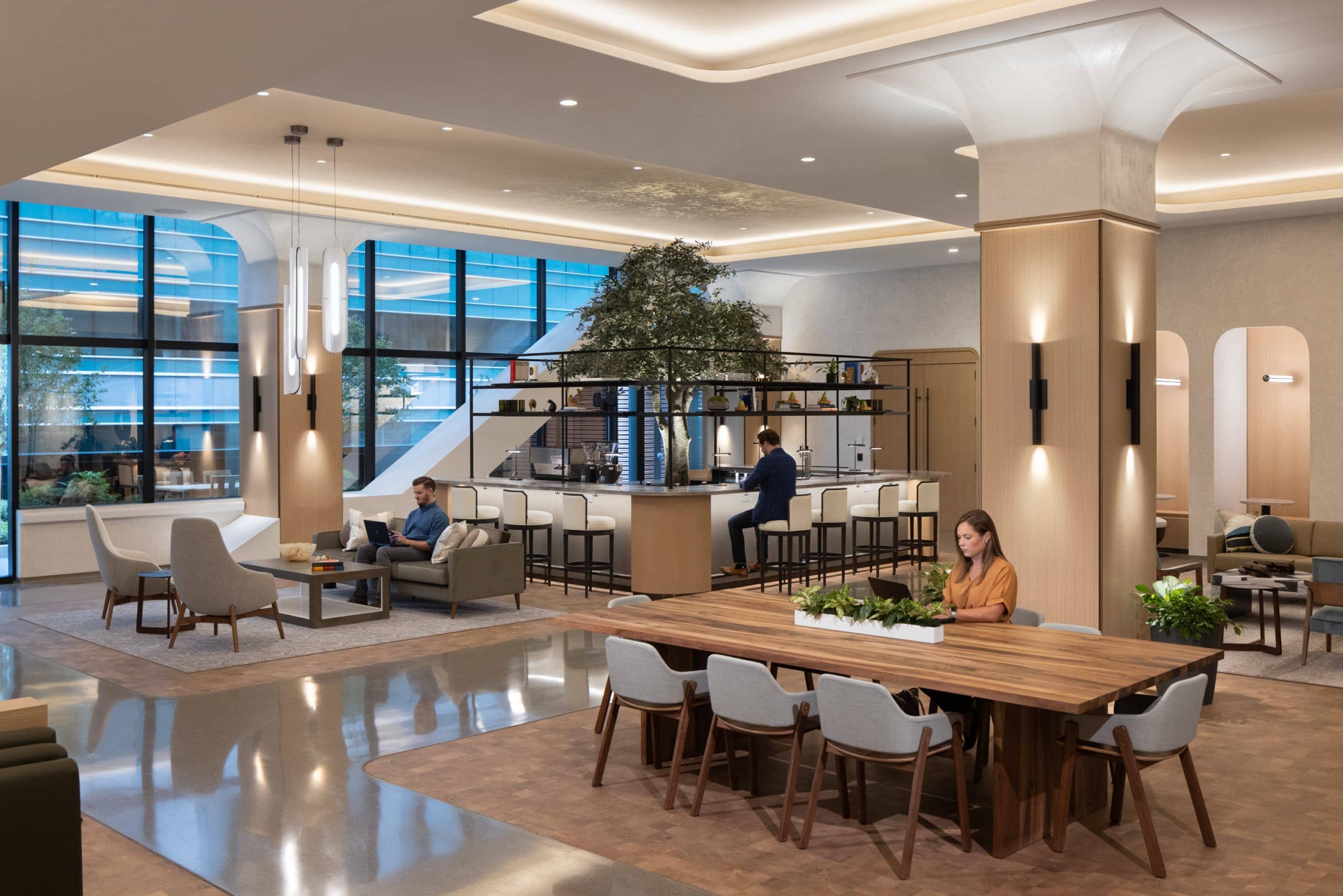
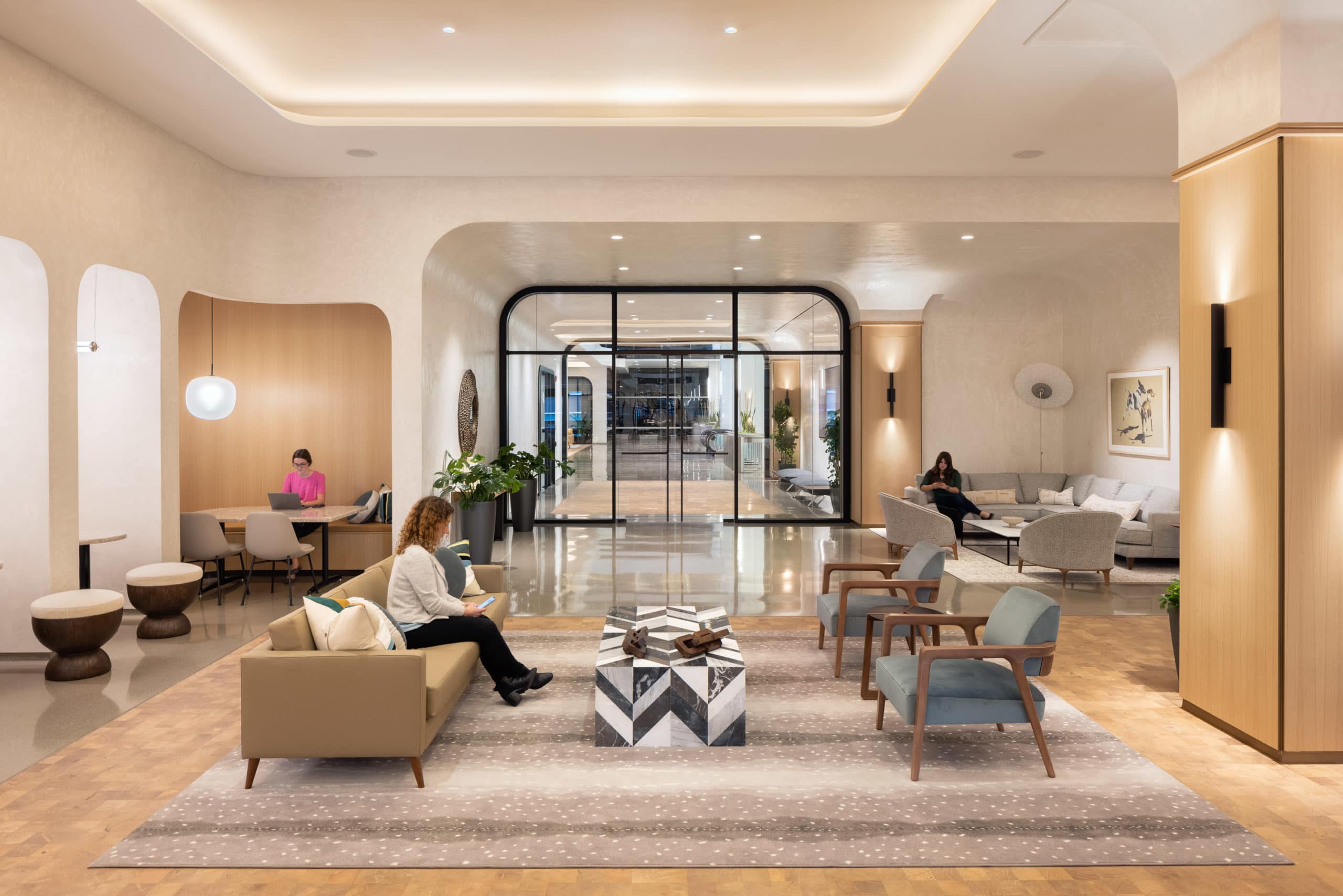
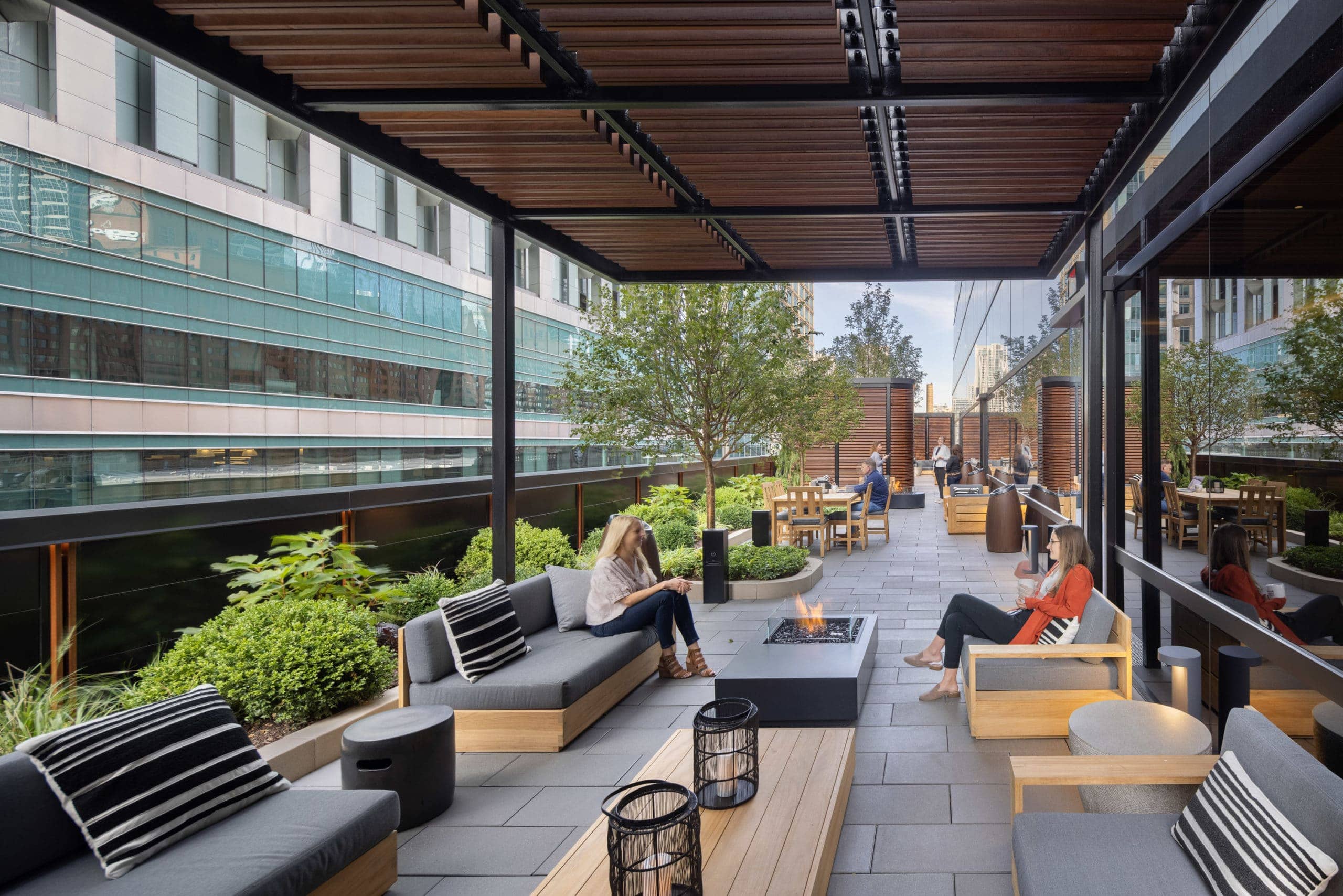
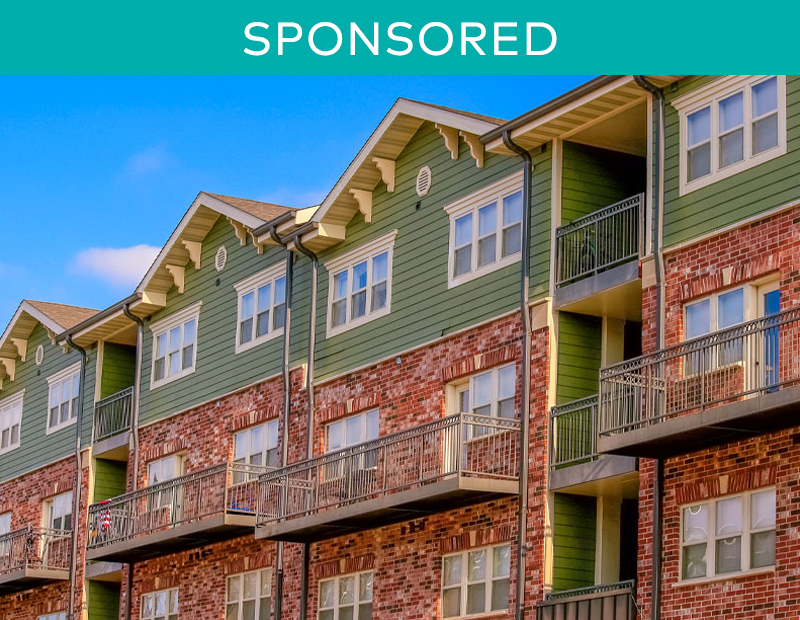
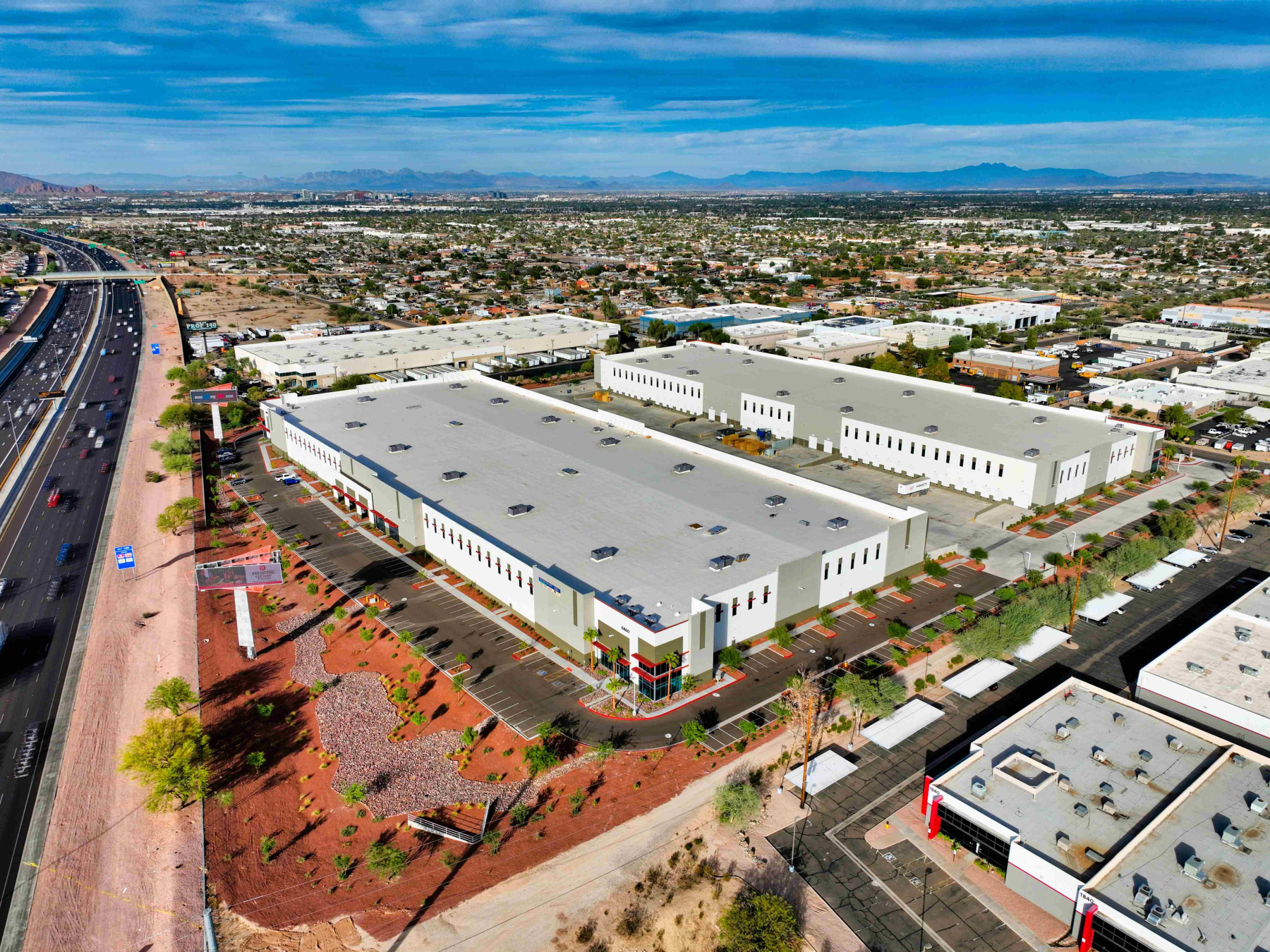
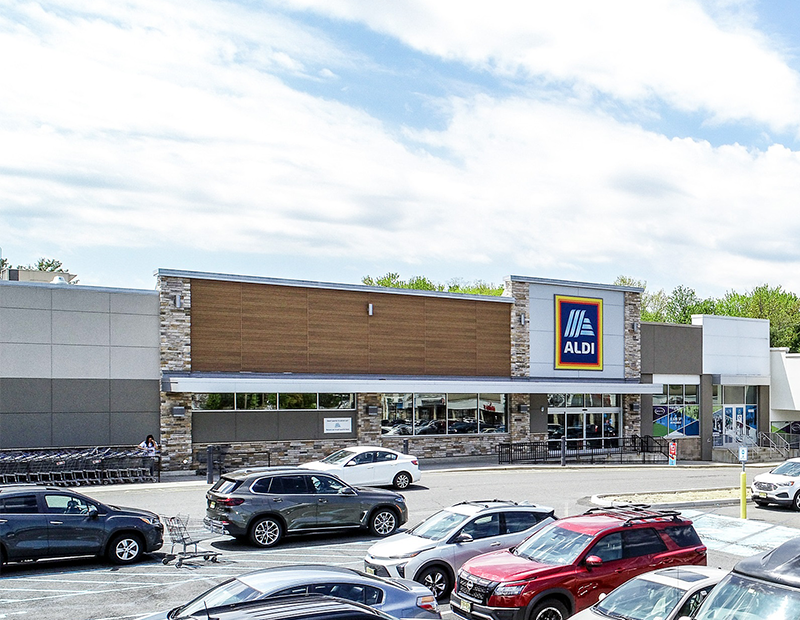
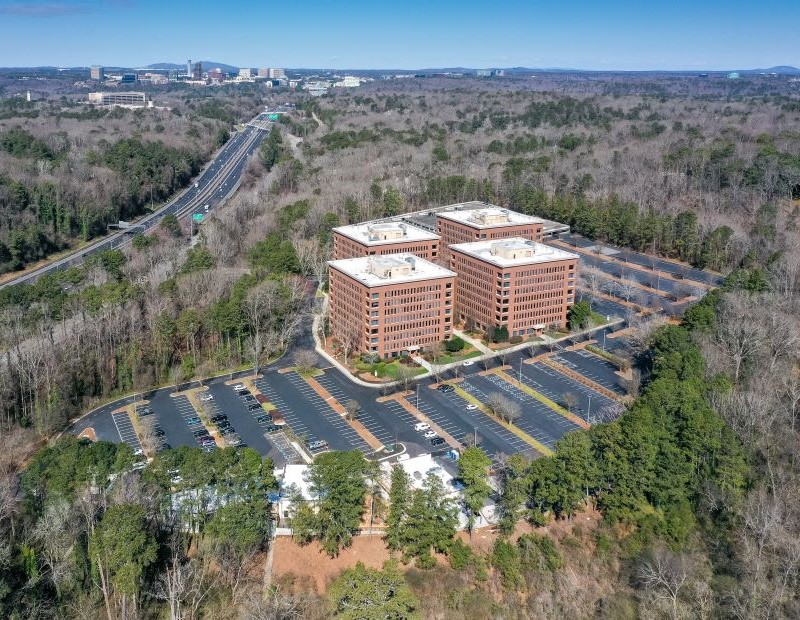
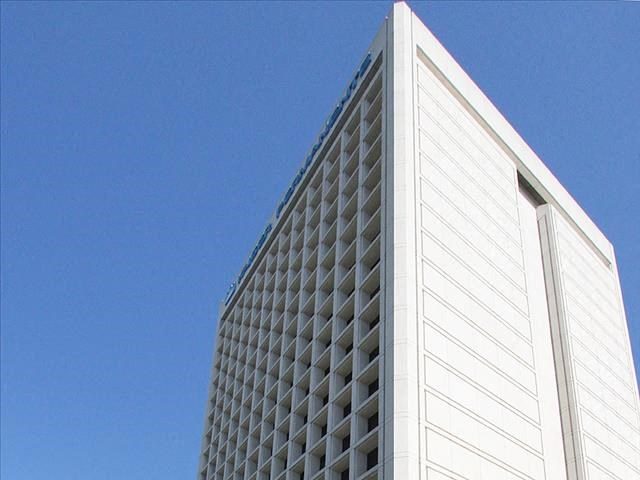
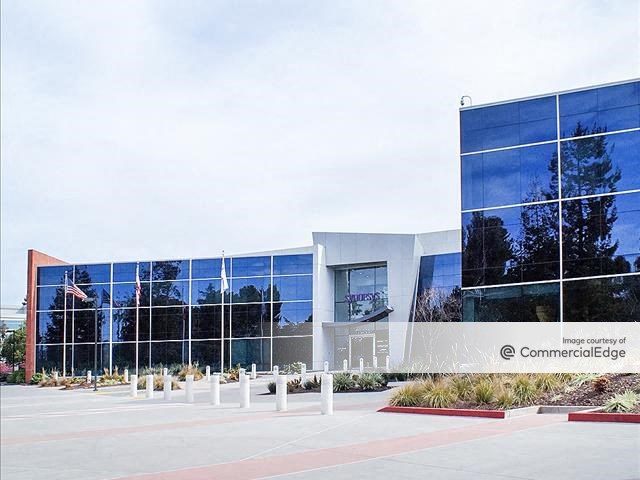
You must be logged in to post a comment.